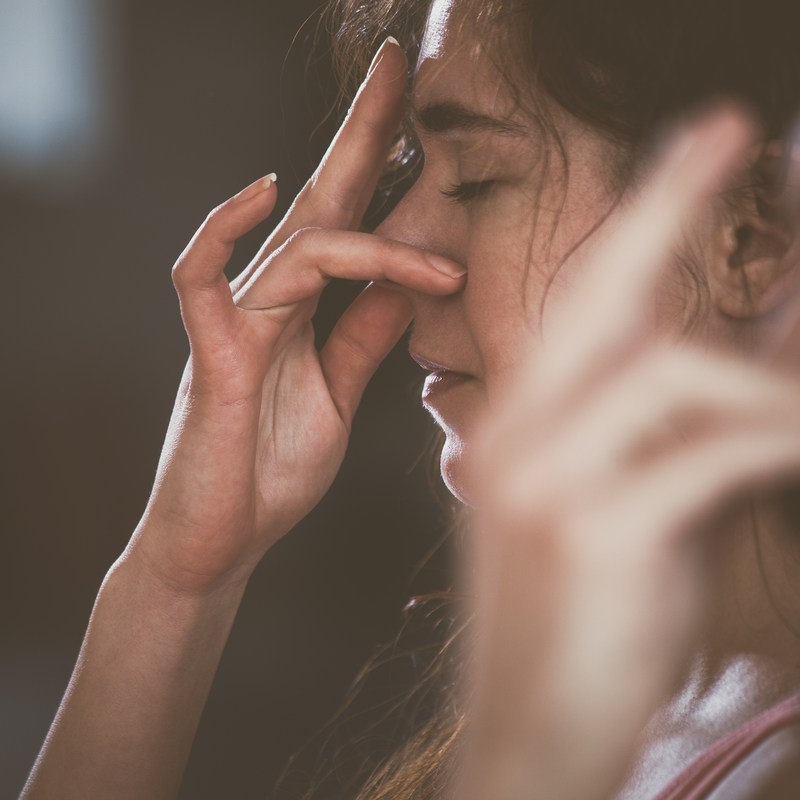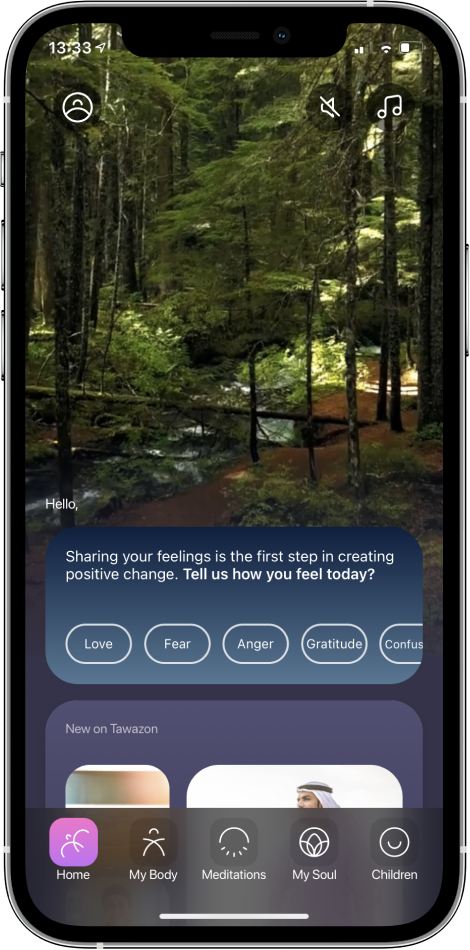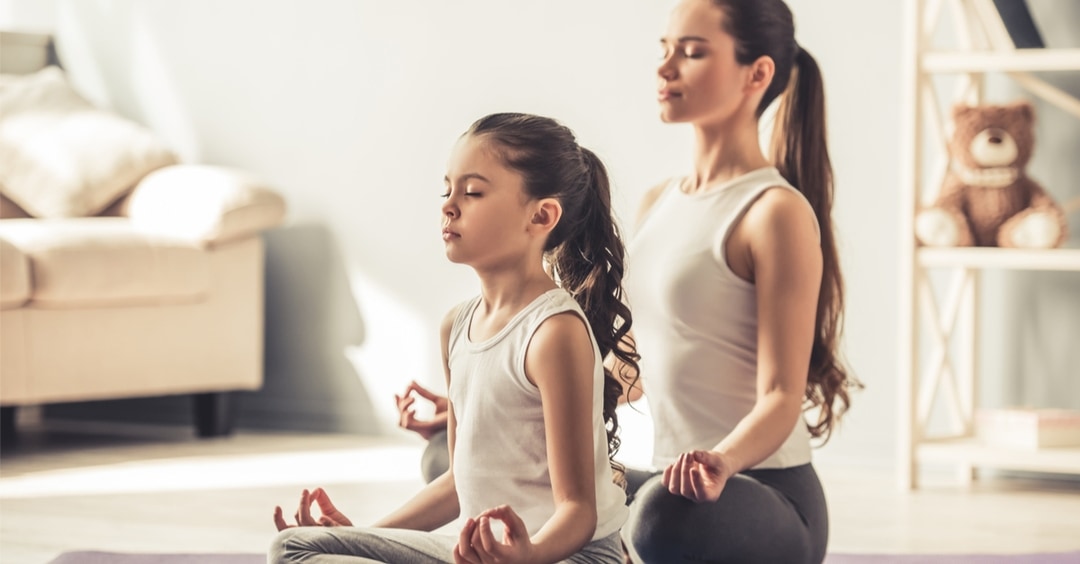Breathing techniques are so important, and knowing how to use it will be so helpful during your daily life and stressful events.
What are breathing techniques?
Deep breathing is one of the best ways to reduce stress in the body, but how does that happen?
When you breathe deeply, signals are sent to the brain telling it that it can relax and calm down now. After that, the brain sends signals to the body to relax as well. Accordingly, you may notice the following things:
- Decrease in heart rate;
- You can breathe deeply now.
- You feel calmer.
This means that the way we breathe affects the body in general, and this summarizes the importance of breathing techniques
Breathing exercises are a good and effective way to relax and reduce stress and anxiety. Those techniques are easy and can be done everywhere and anytime.
Note: Did you know that when you feel stressed or anxious your body responds in different ways. Your heart rate increases, your breathing becomes faster and your blood pressure may rise!
Examples of Breathing Techniques
Because of the importance of breathing exercises, Tawazon offers you some easy examples that you can do:
1- Abdominal breathing
Abdominal breathing is one of the most common and easy types of breathing exercises. You can do this exercise anytime you need to relax or relieve stress.
Follow these steps:
- Sit in a comfortable position.
- Place one hand on your stomach and the other on your chest.
- Inhale deeply through your nose, let your abdomen push your hand out, and try not to move the chest area.
- Exhale by pursing your lips as if you were whistling. Notice that the hand on your stomach is moving inward.
Repeat these steps 3 to 10 times.
2- Breathe 4-7-8
There are a variety of different breathing exercises, so we recommend that you try them and choose the one that best suits you.
You can do this exercise either sitting or lying down:
- Put one hand on your stomach and the other on your chest, as in the abdominal breathing exercise.
- Take a deep, slow inhale from your stomach and silently count to 4.
- Hold your breath and count silently from 1 to 7.
- Exhale completely, silently counting from 1 to 8.
Repeat 3 to 7 times or until you feel calm.
3- Morning breathing exercise
Try this exercise when you wake up, first thing in the morning.
This exercise helps relieve muscle stiffness.
- Standing, bend forward from your waist with your knees slightly bent, letting your arms hang close to the floor.
- As you inhale slowly and deeply, return to a standing position by slowly rolling over and finally raising your head.
- Hold your breath for just a few seconds in this standing position.
- Exhale slowly as you return to the original position, bending forward from the waist.
Note: It is important that you move slowly during this exercise, so that you do not feel dizzy or dizzy.










